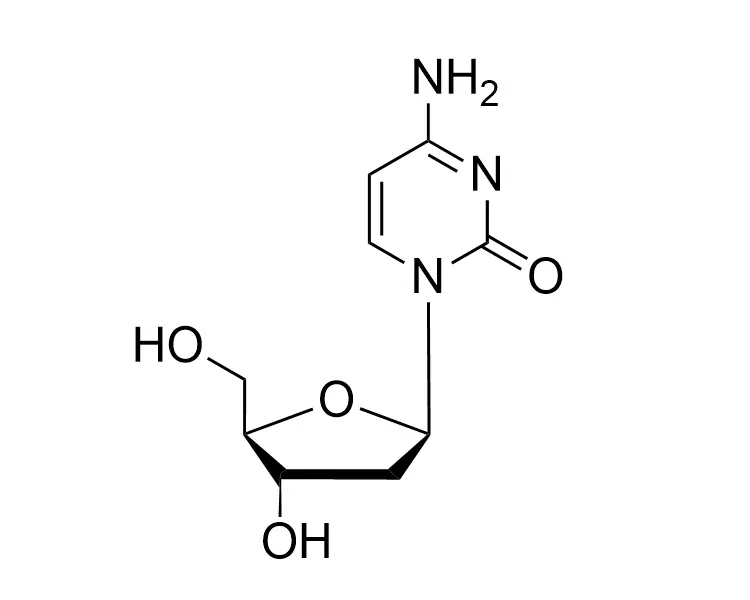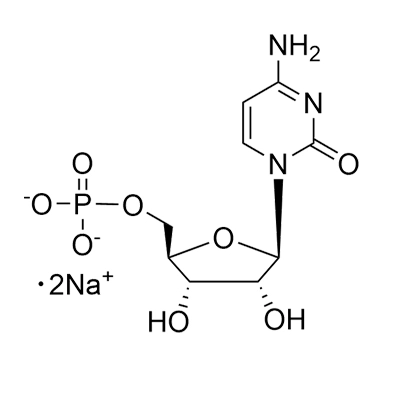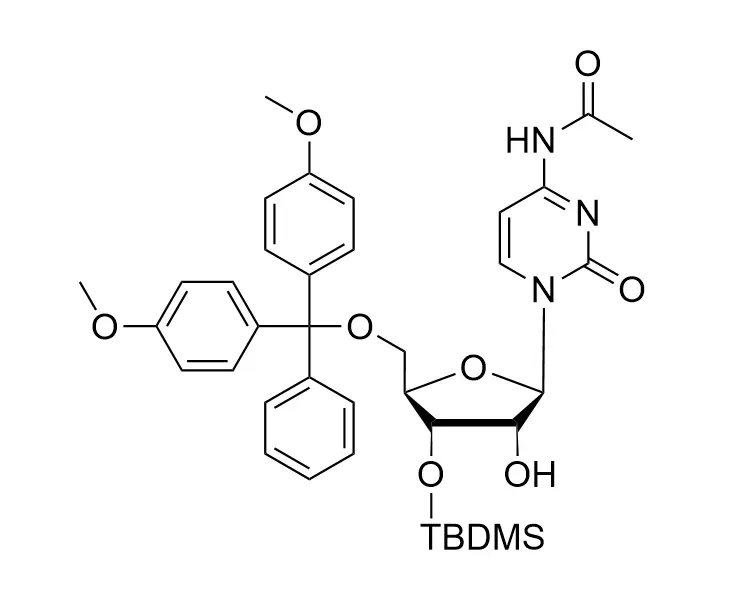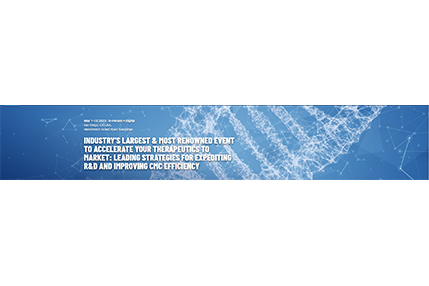Genetic research has been a driving force in advancing our understanding of life, heredity, and disease. Throughout history, scientists have relentlessly sought innovative techniques to unravel the mysteries hidden within our DNA. Among the many groundbreaking discoveries in the realm of genetic research, dideoxynucleosides stand out as a pivotal breakthrough. In this blog, we will explore the power of dideoxynucleosides and how they revolutionized genetic research, particularly in DNA sequencing.
Understanding Dideoxynucleosides: The Building Blocks of DNA Sequencing
Before delving into their role in genetic research, let's first grasp the fundamentals of dideoxynucleosides. Dideoxynucleosides are modified versions of nucleosides—essential components of DNA. They are particularly unique because they lack a 3'-OH group, which prevents further DNA chain elongation when incorporated into a growing DNA strand. This property proved to be a game-changer in the field of DNA sequencing.
Sanger Sequencing: The Foundational Technique
Dideoxynucleosides gained prominence with the development of Sanger sequencing, a groundbreaking method for reading the sequence of nucleotide bases in a DNA strand. This section will explore the principles of Sanger sequencing and how dideoxynucleosides, acting as chain terminators, played a crucial role in deciphering DNA sequences with unmatched accuracy.
Unraveling the Human Genome: Dideoxynucleosides' Impact
The Human Genome Project, one of the most ambitious scientific undertakings in history, aimed to map and sequence the entire human genome. This section will discuss the indispensable role dideoxynucleosides played in this monumental endeavor. Their application in high-throughput DNA sequencing enabled the completion of the Human Genome Project and opened new doors for medical and genetic research.
Beyond the Human Genome: Dideoxynucleosides in Genetic Disease Research
Genetic diseases are often caused by mutations in specific genes. Dideoxynucleosides have proven instrumental in identifying and characterizing these mutations, leading to a deeper understanding of the genetic basis of various diseases. This section will delve into how dideoxynucleosides are employed to study genetic disorders and their potential in developing targeted therapies.
Current Applications and Future Prospects
Dideoxynucleosides continue to be an invaluable tool in modern genetic research. This section will explore their current applications beyond traditional Sanger sequencing, such as next-generation sequencing technologies. Additionally, we'll discuss ongoing research and the potential for further advancements in the field.
The discovery and implementation of dideoxynucleosides in genetic research represent a transformative milestone that continues to shape our understanding of the genetic blueprint of life. From decoding the human genome to identifying disease-causing mutations, these powerful compounds have left an indelible mark on the field of genetics. As technology and research progress, we can look forward to even more remarkable breakthroughs fueled by the power of dideoxynucleosides, paving the way for a brighter future in genetic research and personalized medicine.

 En
En Cn
Cn



